
As 2020 begins, the senior living industry is preparing for the changing needs and wants of current and future residents as workforce and occupancy issues continue to challenge operators, according to leaders of several organizations serving providers, who shared their thoughts with McKnight’s Senior Living.
Members of the National Center for Assisted Living consistently rank workforce issues at the top of the list of challenges they face, Executive Director Scott Tittle said.
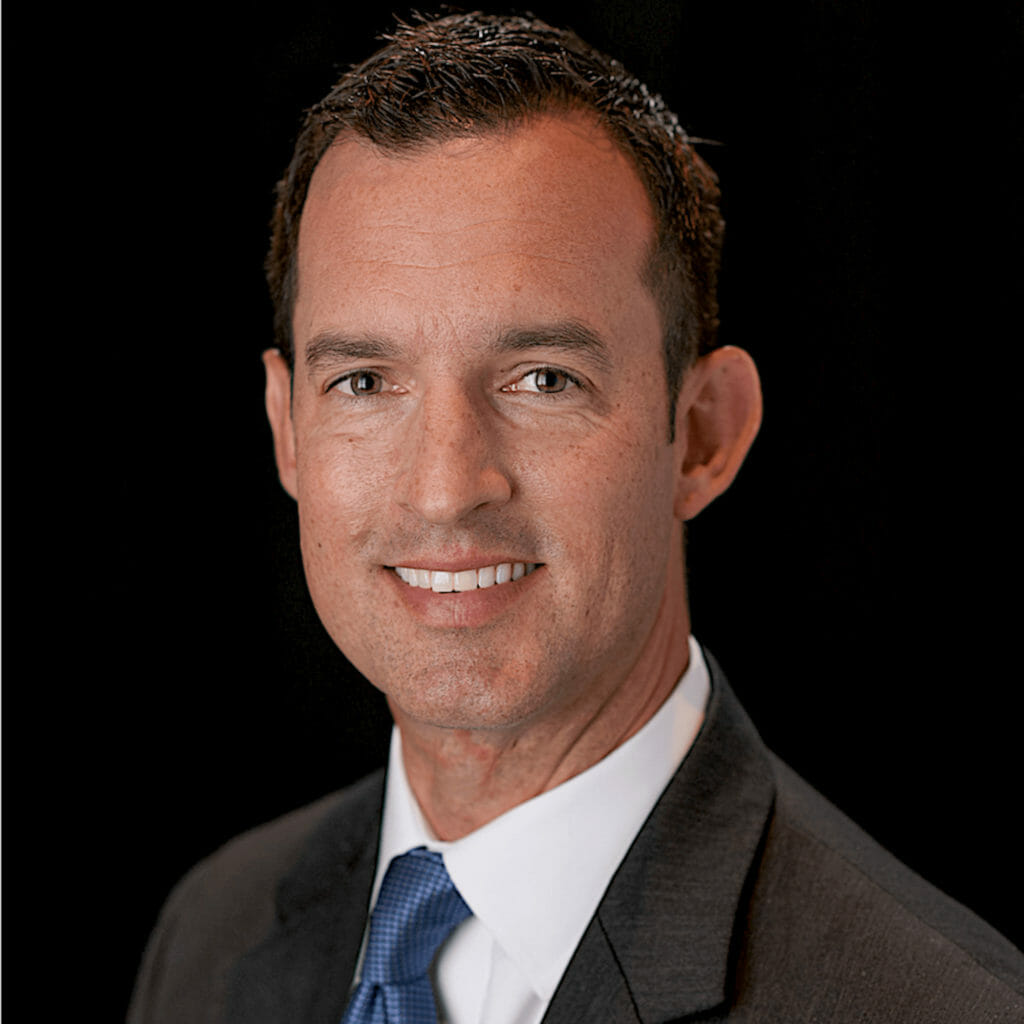
“The ability to recruit and retain high-quality caregivers is an ongoing challenge because of several factors. This is a hard job, and it takes a special person to work in long-term care,” he said. “But it’s also an extremely rewarding career, and we must increase awareness around this idea of intrinsic value while also finding ways to stay competitive against other employers at this time of low unemployment.”
Competition from other industries, LeadingAge President and CEO Katie Smith Sloan said, affects a range of senior living jobs, from home care aides and dining services staff to groundskeepers, social service workers and nurses at all levels, from directors to licensed practical nurses and assistants.
“Senior living providers compete not only within aging services to recruit and retain qualified workers, but also with employers in a variety of other economic sectors and industries, including healthcare and hospitality, retail and food service,” she said. “The over-age-65 population will continue to grow, adding to increased demand for workers to meet the needs of this group.”
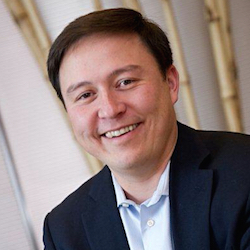
Historic low unemployment rates helped drive higher labor costs, which make up about two-thirds of operating costs, in 2019, National Investment Center for Seniors Housing & Care President and CEO Brian Jurutka said. He cited “a squeeze on net operating income” as the top challenge of 2019 for senior living operators from NIC’s perspective as an organization that serves both capital seekers and capital providers, with the labor effects realized on the expense side of the equation.
Workforce issues are such a challenge that many operators now spend as much time and energy recruiting and retaining talent as they do filling units, American Seniors Housing Association President David Schless told McKnight’s Senior Living. “With unemployment rates at 3.5% and more jobs than job seekers, this will remain a top challenge in the vast majority of markets in 2020 and beyond,” he said.
That national unemployment rate represents a 50-year low, Jurutka said, meaning staffing challenges — growth in wage rates but also recruiting and retaining workers across all levels of an organization — will continue to be an important topic this year.
Argentum also is predicting that unemployment will remain low through 2020, based on its data, said the organization’s president and CEO, James Balda. “That means the current competitive environment is likely to continue,” he said. “Of course, this leads to wage pressures.”
Other data, Balda said, show that wages are more sensitive to local factors than national ones.
“Data also points to the importance of a sense of purpose to retention,” he said. “Ultimately, that’s senior living’s differentiator in the labor market.”
Education benefits may provide another competitive advantage for senior living employers, Balda said.
“This industry has the opportunity to strengthen a reputation as one that actively helps people gain more skills, more certifications and more advancement,” he said.
Argentum began developing apprenticeship programs in 2019 and offers certification programs for executive directors and sales professionals, with plans to offer additional certificate programs for caregivers and managers who can identify, prevent and address abuse.
Argentum, the American Health Care Association / NCAL, ASHA, LeadingAge, NIC and other entities also signed on as “endorsing organizations / associations” at a Vision 2025 Symposium in June. A goal of the event was to help develop 25 “robust” college-based programs that will offer senior services management training and also produce 1,000 paid internships for potential future leaders to sample the profession among potential employers.
Also to help operators, LeadingAge offers policy solutions and best practices derived from applied research, as well as recruitment marketing tools and resources, in its Center for Workforce Solutions, Sloan said.
NCAL also is taking a multi-pronged approach, Tittle said, noting, “There is no one silver bullet that will address our workforce challenges overnight.”
The organization, he said, is “advocating for federal legislation that furthers workforce development, partnering with other organizations to bring attention to this issue, building relationships with higher learning institutions to promote long-term care academic programs, developing education and resources focused on leadership, [and] telling the stories of ordinary caregivers to hopefully inspire the next generation.”
On the workforce front, Schless said, ASHA is working with Rep. Lloyd Smucker (R-PA) on a bill to create a new visa category for some of the entry-level workers hired as caregivers, dining service staff members and maintenance workers in senior living communities.
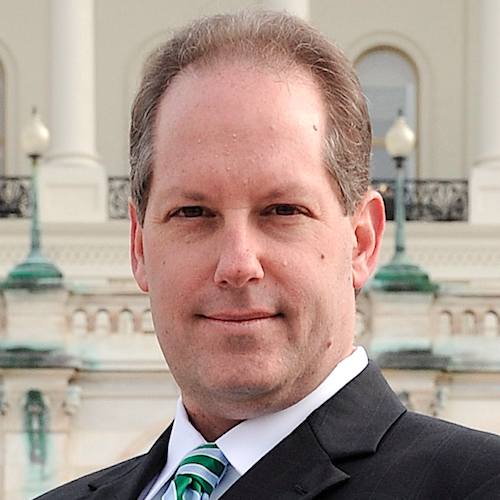
“While the notion of immigration reform in the current political climate is an uphill climb, it is critical that we stay focused and on message that our aging seniors will benefit from smart and reasonable immigration reform that will help ease the crucial shortage of caregivers and other essential frontline staff,” he said.
ASHA also monitors other workforce development strategies in federal agencies and Congress, Schless said. “We work independently as well as in coalitions with other interested stakeholders to get this message to key members of Congress and their staff,” he said.
Occupancy challenges continue
Beyond labor issues, occupancy / census and related issues are other continuing challenges for providers, leaders said.
“On the revenue side, despite strong absorption, even stronger new supply put downward pressure on occupancy in many markets,” NIC’s Jurutka said. Net operating income pressures associated with moderating growth in revenues due to occupancy tensions will continue in 2020, he said.
“As the industry has added capacity — particularly assisted living and memory care — operators have had to work extremely hard to improve occupancy,” ASHA’s Schless said. “And while there are some positive signs, every operator I talk to is very focused on continuing to strengthen occupancy in 2020 for newly opened communities as well as mature communities.”
Census likely always will be top-of-mind for providers, Tittle said, “simply because if you don’t have enough residents, you can’t continue to operate.”
And despite economists’ talk of overbuilding in the industry, occupancy challenges will begin to recede as baby boomers begin to really need assisted living services, he predicted. “That ‘Silver Tsunami’ hasn’t quite hit yet, and when it does, we need to be ready not just with capacity but with also quality services that provide an enriching experience.”
Balda offered a similar perspective. “The occupancy challenge is why the industry needs to be at the top of its game at offering quality care and quality of life,” he said. “The improvement can never stop.”
All of the building that has been taking place also “reflects the economic impact of our industry,” Balda said. “We need to make sure policymakers know: This industry has a national economic impact of nearly a quarter of a trillion dollars, it’s responsible for providing more than 1.6 million jobs, and it’s only going to get bigger as the population ages. Any policy that affects the senior living industry affects a lot of people’s futures.”
To further improve the industry’s image and support sales and marketing efforts that can boost occupancy, ASHA will launch the next phase of its consumer education campaign, Where You Live Matters, in 2020, Schless said.
Up to this point, he said, “efforts have been largely focused on building a robust digital platform that helps empower consumers, including adult children.” This year, however, ASHA will launch what Schless called “the industry’s first-ever promotional effort” with a video that will premiere at the organization’s 2020 annual meeting later this month.
“The video will be made available to the industry to use in marketing campaigns, and we believe this is a crucial step in the ongoing efforts to enhance the perception of senior living,” he said.
The changing landscape
On top of longstanding challenges, operators are facing newer ones, including changes among the senior living industry’s target population, leaders said.
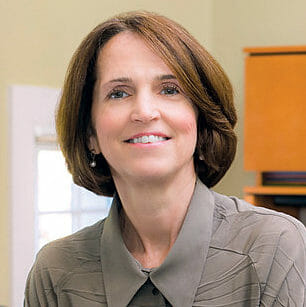
Katie Smith Sloan
“From preferences in types of available services and amenities in a community to their likes and dislikes vis a vis geographic location and community affiliation, prospective and incoming residents’ tastes vary compared to those of previous consumers,” LeadingAge’s Sloan said. “In addition, incoming and prospective residents’ financial situations are, on the whole, less liquid and / or robust than those of their previous counterparts were.”
The reality of those financial situations has led the industry to begin to devote much time and thought to senior housing for the “middle market,” a need that could reach a crisis level in the next decade. In a NIC-funded study published in April in Health Affairs, researchers predicted that 54% of the 14.4 million middle-income older adults in 2029 in the United States will lack the financial resources to pay for senior housing and care, and yet their incomes will be too high for them to quality for Medicaid assistance.
“Addressing the needs of middle-income consumers and developing affordable housing, more options that allow aging in place as well as healthcare solutions will, increasingly, garner more interest from and attention of providers,” Sloan predicted.
Tittle said he is “really intrigued to see how the assisted living marketplace will innovate more affordable options for middle-class seniors.”
Another growing challenge for senior living operators, he said, is the increasing acuity of residents, which he said “means now more than ever, assisted living must strengthen its commitment to continuous quality improvement and develop robust processes for data collection.” AHCA / NCAL’s Quality Awards Program, Quality Initiative and LTC Trend Tracker are means toward that end, he said.
“Not only is it the right thing to do, but it also prepares assisted living providers for the evolving needs of their residents and the demands of partnering with other healthcare providers to manage residents’ health needs,” Tittle said. “If assisted living providers can demonstrably show how they’re reducing hospital readmissions or unnecessary antipsychotic medications, then they’ll be better able to care for healthier and happier residents longer.”
Jurutka also cited the increasing age and acuity of current and future residents as a challenge.
“Some operators will choose to focus on the lower side of acuity, seeing opportunity in independent living as the oldest boomers just start turning 75,” he said. The oldest baby boomers are turning 74 in 2020, and the youngest are turning 56.
“Other operators will adapt to the increasing acuity of residents by aligning themselves to harness forces pushing for change in healthcare payment models,” Jurutka said. “We increasingly are seeing healthcare organizations forge partnerships with seniors housing organizations to deliver better and well-coordinated outcomes delivered at lower cost for many of the residents living in seniors housing.”
Senior care collaboration, he said, will be the theme of the NIC Spring Conference in March in San Diego.
What the future holds
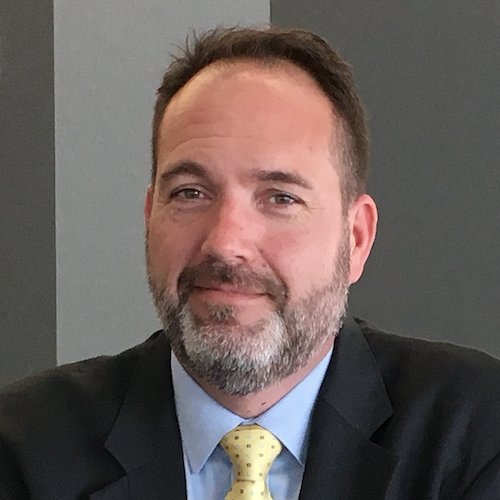
Looking to the future, Balda said it’s difficult to predict exactly what the coming years will mean for senior living.
“The industry is growing and changing, and there’s no stopping that — the demographics compel it,” he said. “How it changes is the question.”
Growth with changing demographics mean more eyes on providers, for better or worse, Balda said.
“The more we grow, the more attention we attract,” he said. “Some of this is good attention — investors, innovations and new residents. But we also face increased scrutiny from media and from policymakers. The effect of this scrutiny is part of a cycle: A negative report leads to a well-intentioned regulation with unintended consequences, and that regulation takes a toll on quality.”
He continued: “We can’t stop the scrutiny, and we shouldn’t want to; it’s essential to point out when there is a problem. But we can lessen negative reports and inappropriate regulation through being our own best watchdogs. If we can show that we ourselves are capable of living up to our mission, the future will only be brighter.”
Tittle pointed out that 2020 is an election year, and changes in the federal government may affect senior living in 2021 and beyond.
“In an election year, we must always watch whether the balance of political power may shift in Washington and then see how the outcome might impact the sector,” he said.



